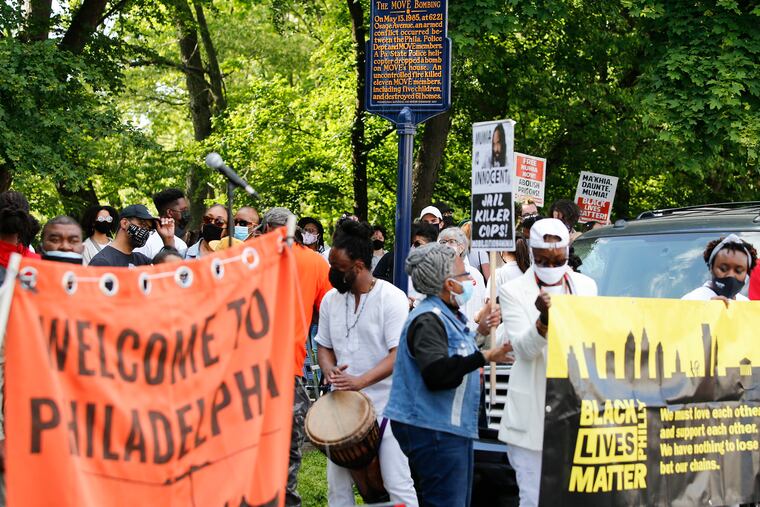Philly releases reports on city’s mishandling of MOVE bombing victims’ remains
The report comes a year after the city disclosed it had the remains, but did not find why the box sat in the city medical examiner's office for decades.

The report comes a year after the city disclosed it had the remains, but did not find why the box sat in the city medical examiner's office for decades.
